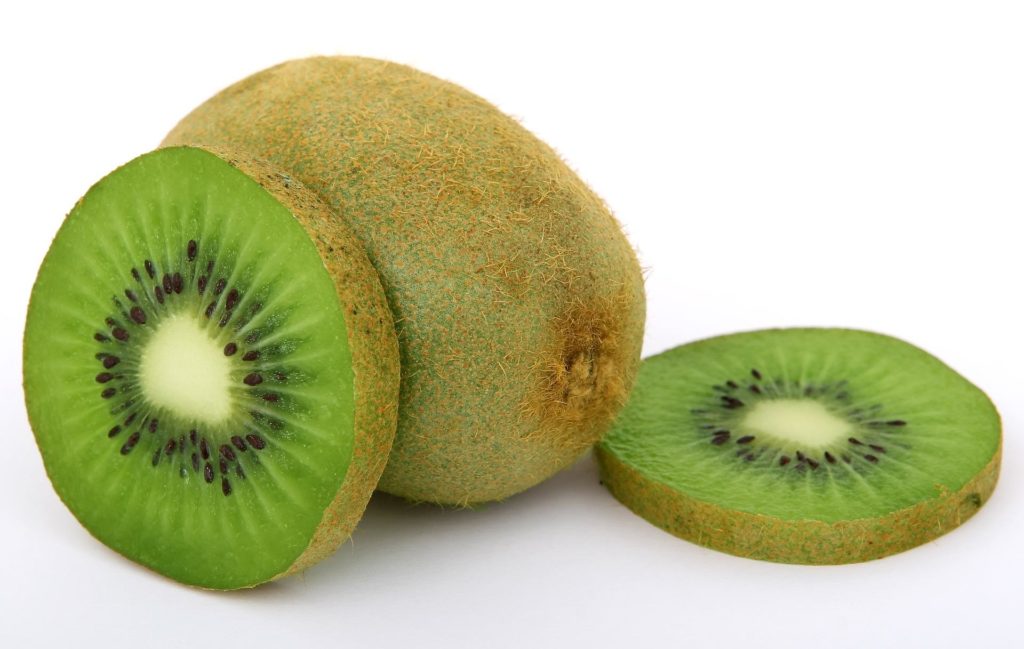
Fruit is generally best eaten shortly after harvest. However, in the case of certain fruits, it is said that they become more delicious during the process of ripening at room temperature after harvesting. After harvesting, the fruits are left until they are in the most suitable state for eating, and then eaten are called ripe fruits. If it is aged for a certain period of time, the sugar content increases, making it more delicious, and it has health benefits by multiplying the nutrients. So, today, let’s take a look at the various types of ripened fruits that can be enjoyed more deliciously after ripening and their effects one by one.
Types of ripened fruits and their effects
1. Banana
Banana, characterized by its sweet taste and unique soft texture, is one of the most representative ripened fruits. When bananas are stored at room temperature, black spots called sugar spots appear. As the name suggests, these sugar spots increase the sugar content of the banana. In addition, when eating bananas with sugar spots, the immune cells in the body become active, which is said to be effective in strengthening immunity. In addition, the level of pectin, a type of polysaccharide contained in bananas, also increases, which increases the effect of improving constipation through the discharge of harmful substances and promoting intestinal peristalsis. Bananas are known to have the best taste after 1-3 days after the sugar spot appears. It is said to be suitable if consumed after storage at room temperature.
2. Kiwi
Kiwi, which is widely used as a raw fruit or as an ingredient in salads, desserts, and confectionery, due to its sweet and sour taste, is said to be a fruit that becomes more delicious when it undergoes a post-ripening process. Kiwis immediately after harvest have a stronger sour taste than sweet, and have a somewhat hard texture. It is said that during the aging process, the sweetness becomes stronger and the texture becomes softer.
The ripening period during which kiwi can be enjoyed deliciously varies slightly depending on the variety. It usually takes about 2 days for a gold kiwi to ripen to a suitable degree for eating, 6 days for a red kiwi, and about 8 days for a green kiwi. And it is known that the kiwi is in a well-ripened state if it goes into the surface of the kiwi slightly when pressed.
3. Melon
Melon is a fruit characterized by a sweet and refreshing taste with a soft flesh. It is known for its excellent antioxidant properties that protect the body from free radicals under the influence of beta-carotene, vitamin C, carotenoids, etc. In addition, it is said that melon’s efficacy is to reduce the risk of cancer through blood circulation by controlling cholesterol level and removal of cancer-causing substances. It has been known that melons can be enjoyed even more deliciously as their sweetness deepens if they are aged at room temperature for more than 3 days.
4. Avocado
Avocado, which has a soft flesh similar to butter as its nickname, butter in the forest, is said to be a fruit that becomes more delicious when it goes through the aging process. Not only is it rich in monounsaturated fatty acids called good fats, but it is also rich in various vitamins and minerals, so it is a fruit that has excellent effects on vascular health, immunity enhancement, and skin health. When an avocado with such excellent efficacy undergoes the aging process at room temperature for 2 to 4 days, the light green surface that has not been matured becomes dark brown. At that time, the flesh becomes as soft as butter, and it is said to be the most delicious to eat. Also, keep in mind that the ripened avocados can be consumed for a longer period of time by wrapping them in plastic wrap or newspaper and storing them in the refrigerator.
5. Mango
Mango is a fruit that is often eaten raw because of its soft and sweet taste, and is often used as an ingredient in ice cream, beverages, and various processed foods. It is known to have various health benefits as it is rich in various vitamins and minerals such as vitamins A and C, iron and potassium. If you leave the unripe, light green mango at room temperature for as little as 3 to 4 days or as long as a week, it turns yellow as it matures and you can enjoy it deliciously. It is said that it can be eaten more deliciously if eaten after ripening until the surface is slightly black. It is recommended to be careful when storing unripe mangoes in the refrigerator, as browning and spoilage progress quickly.
6. Tomato
Tomatoes, characterized by their distinctive red color, are a representative superfood that contains not only excellent antioxidants such as lycopene, but also various vitamins and minerals. It is said that if the unripe tomatoes are ripened to become red, the dietary fiber becomes more abundant.
In addition, unripe, green tomatoes contain a certain amount of a toxic substance called solanine. It is said that tomatoes can be consumed more healthily as these toxic substances disappear during ripening and turning red. In addition, it has been known that after ripening, the sodium content is reduced by about 4 times compared to the unripe state.








